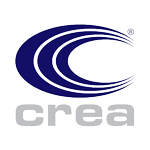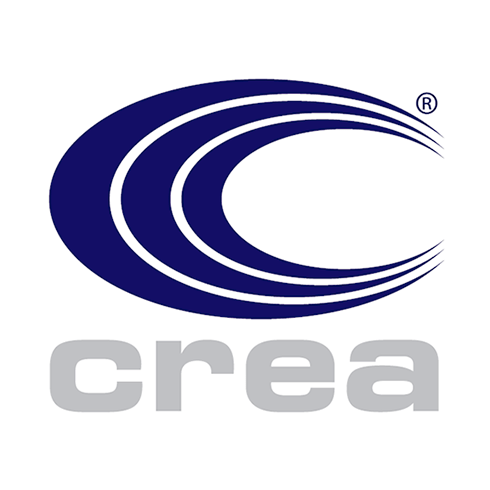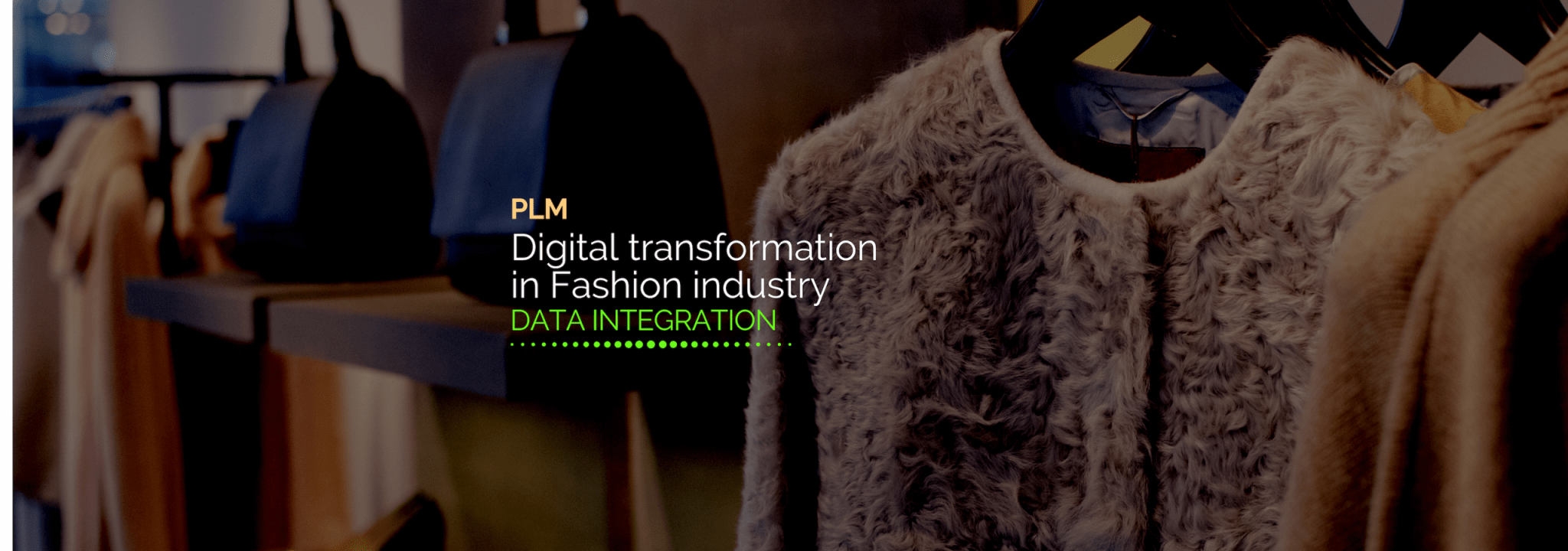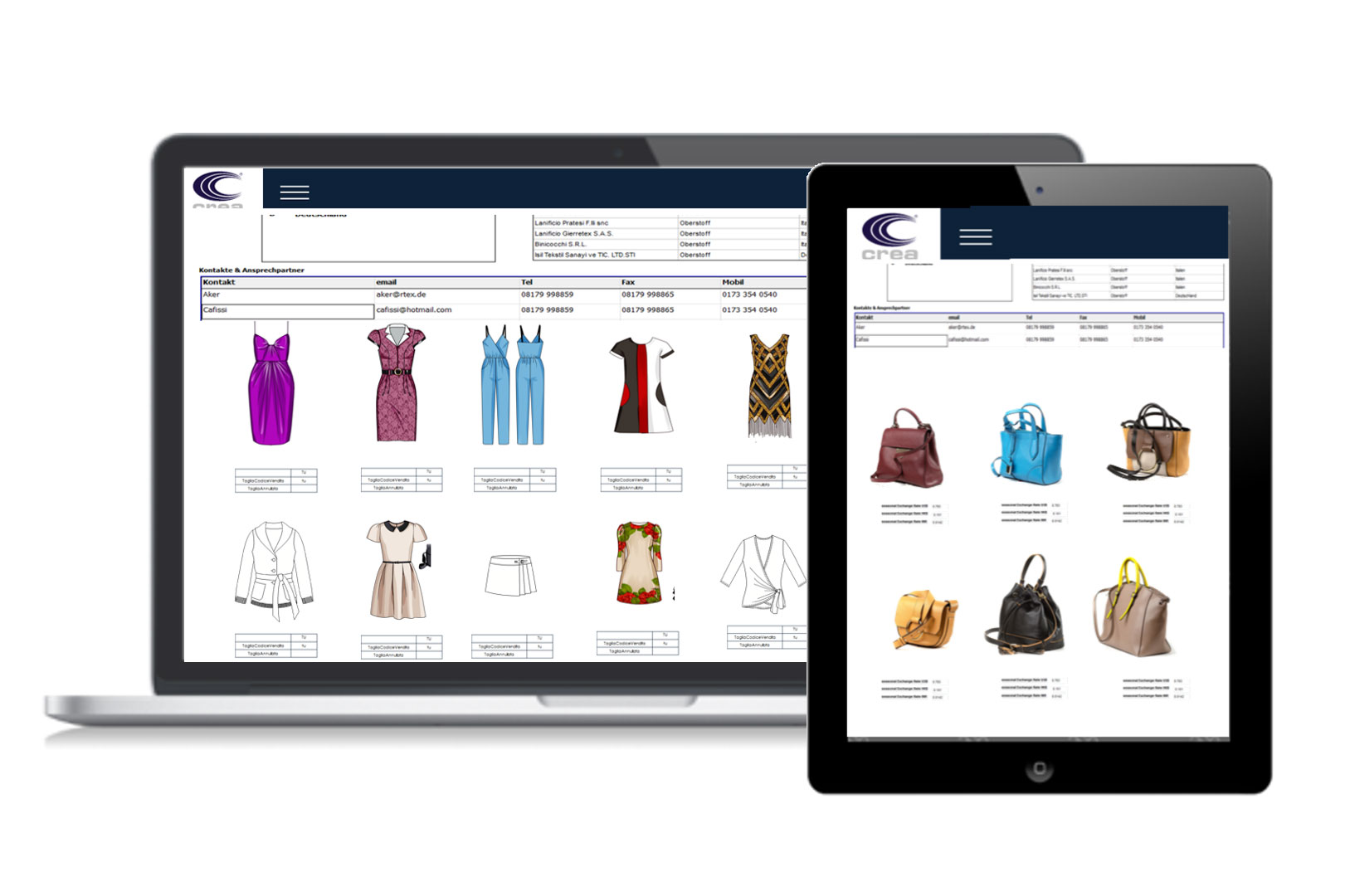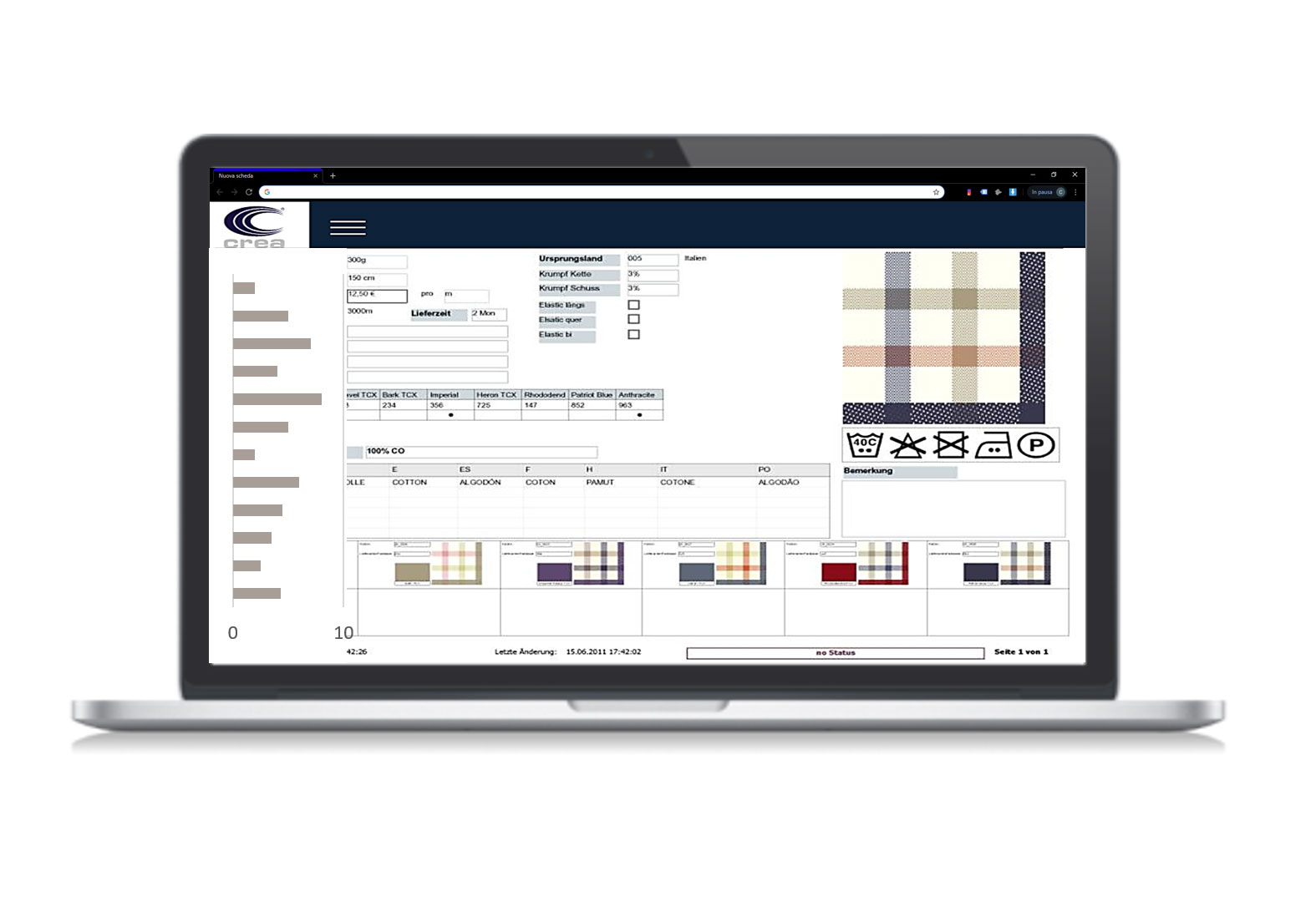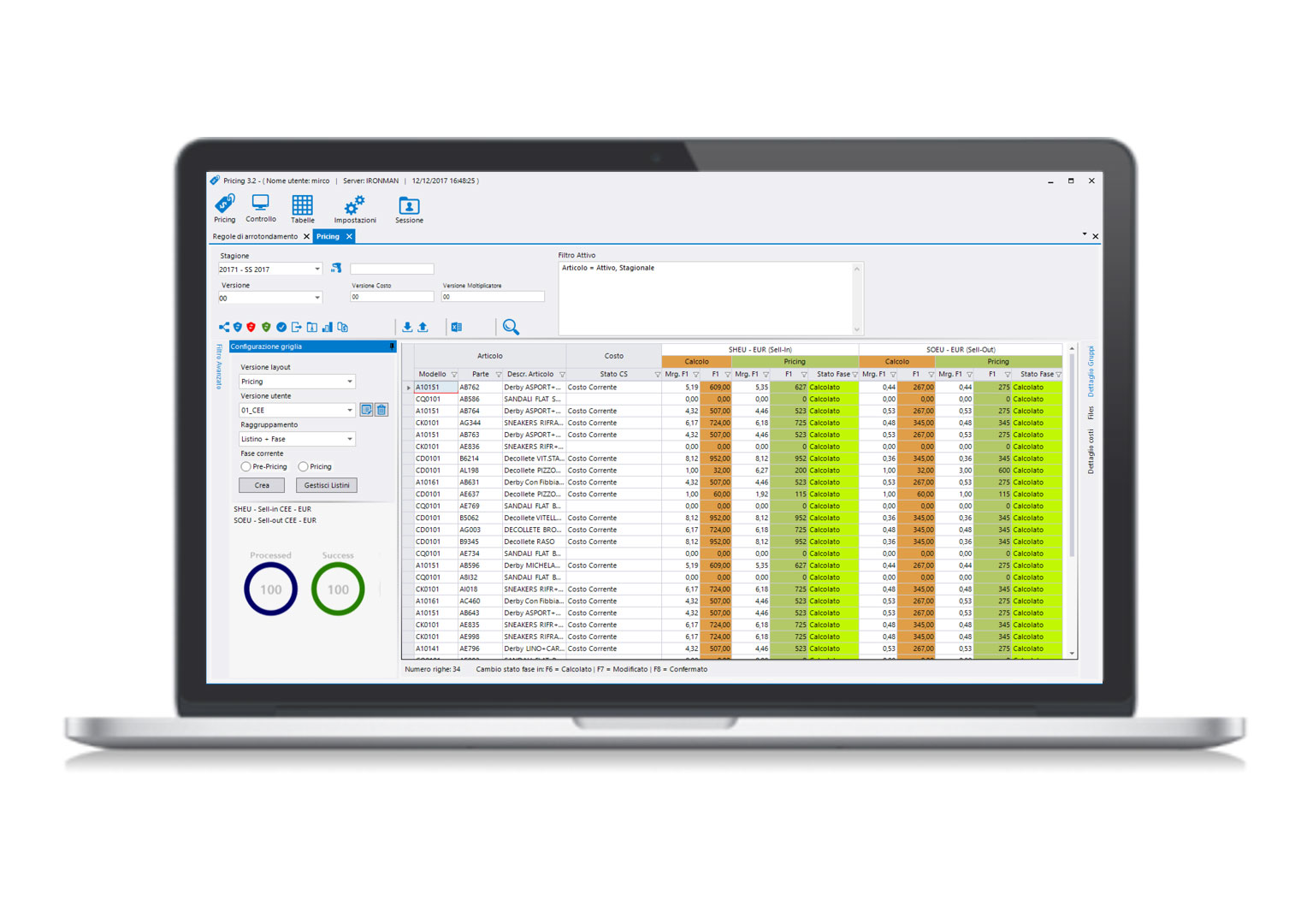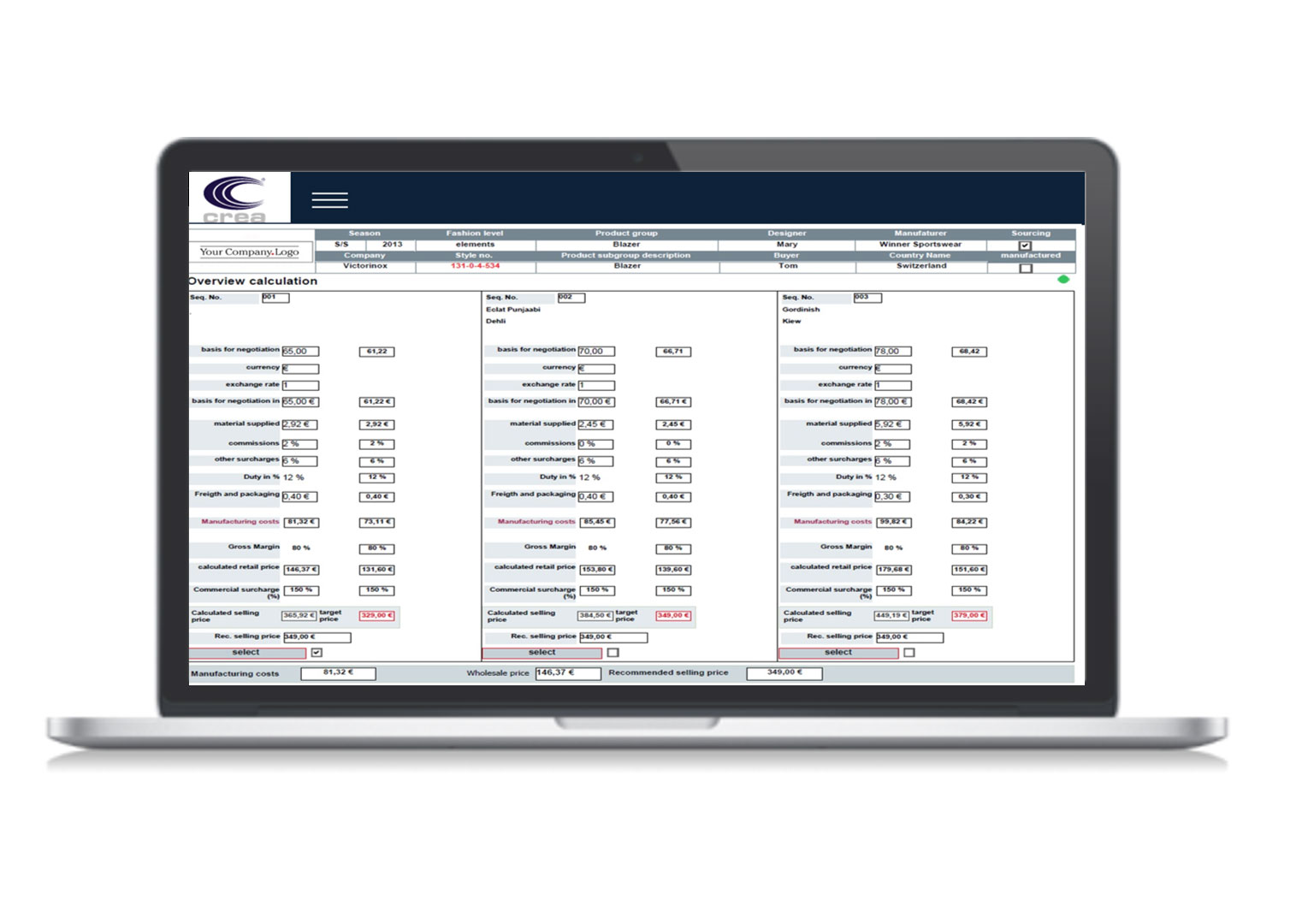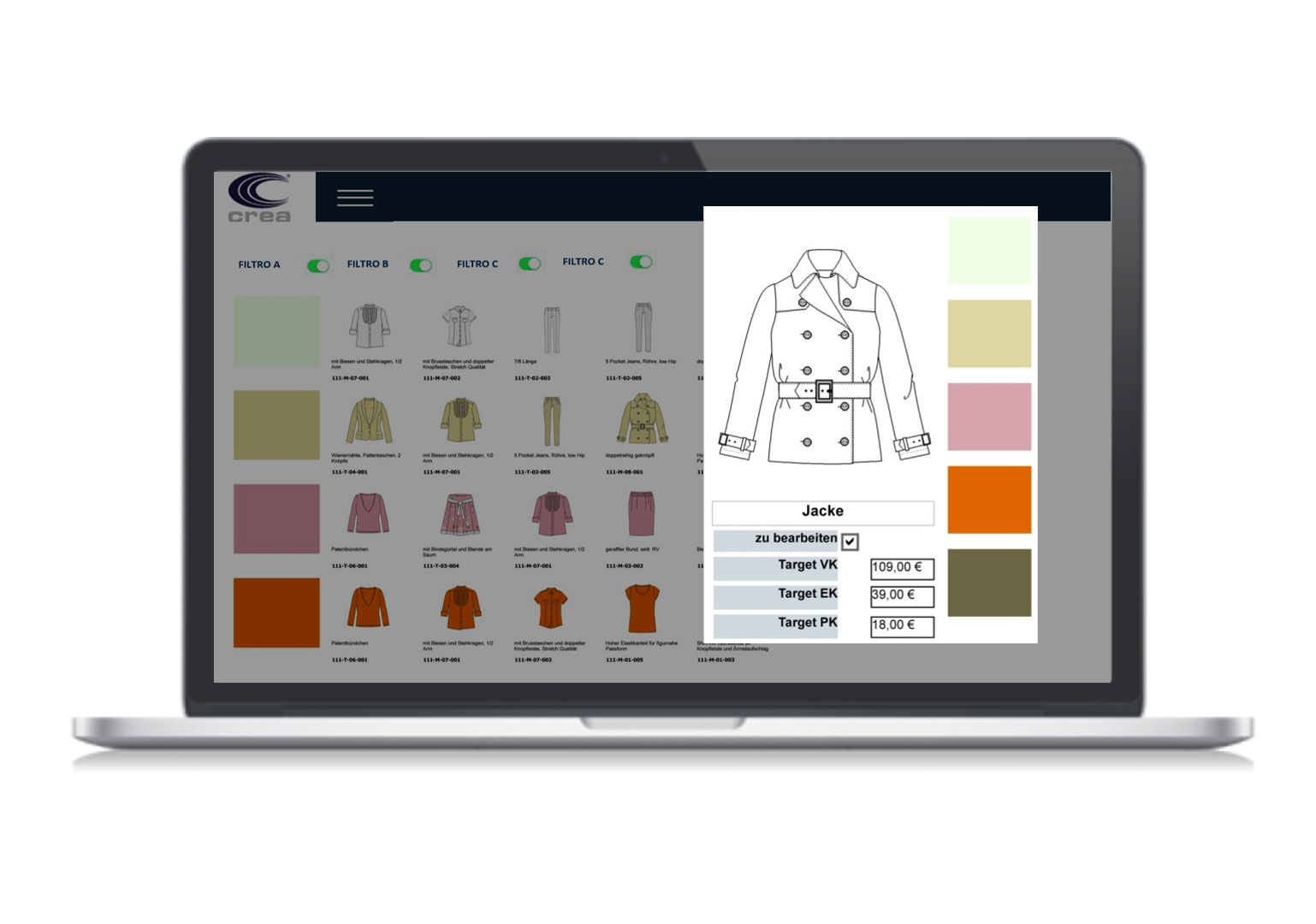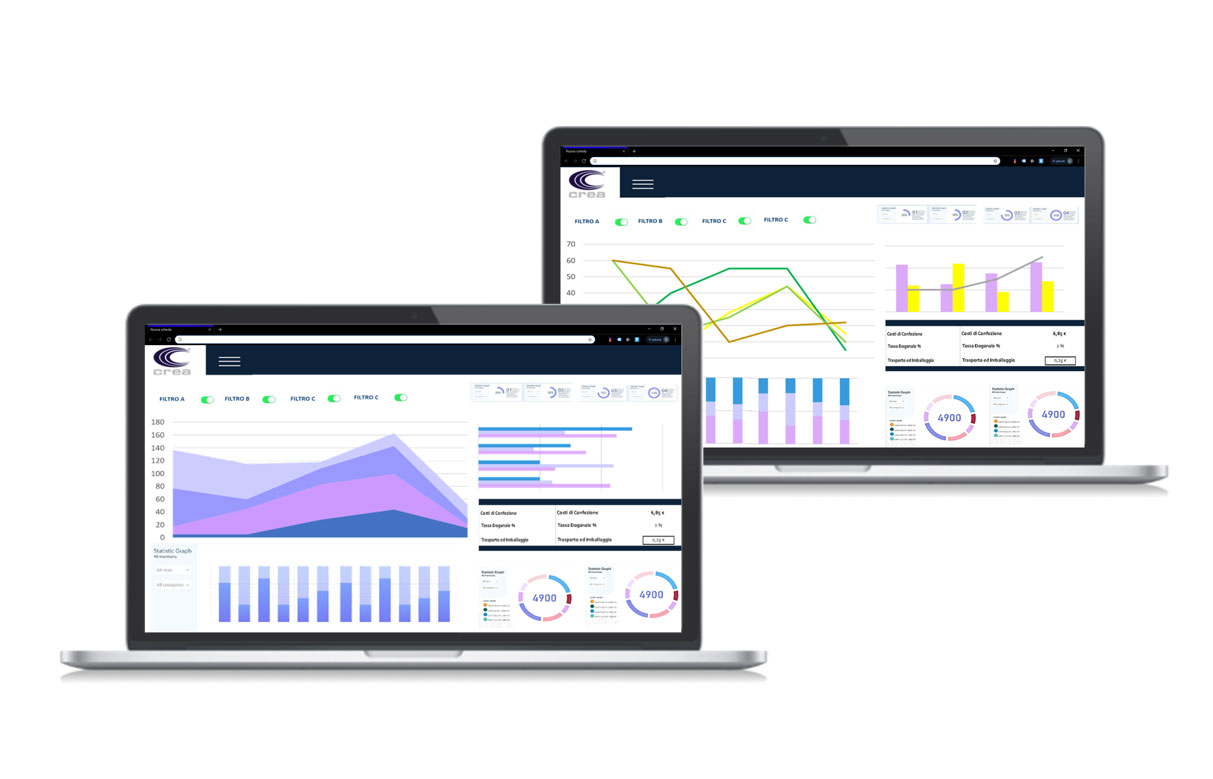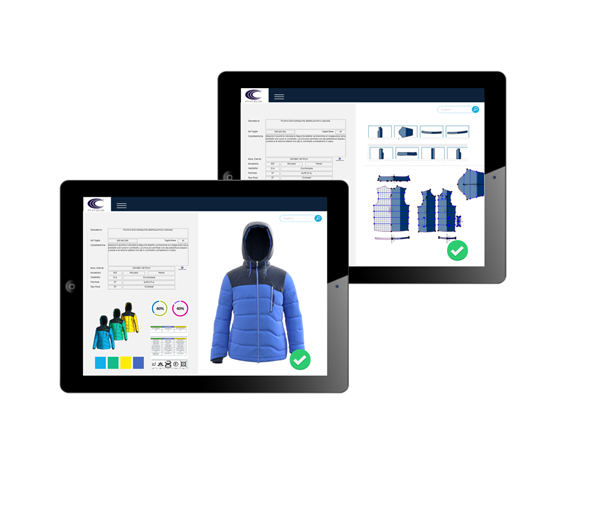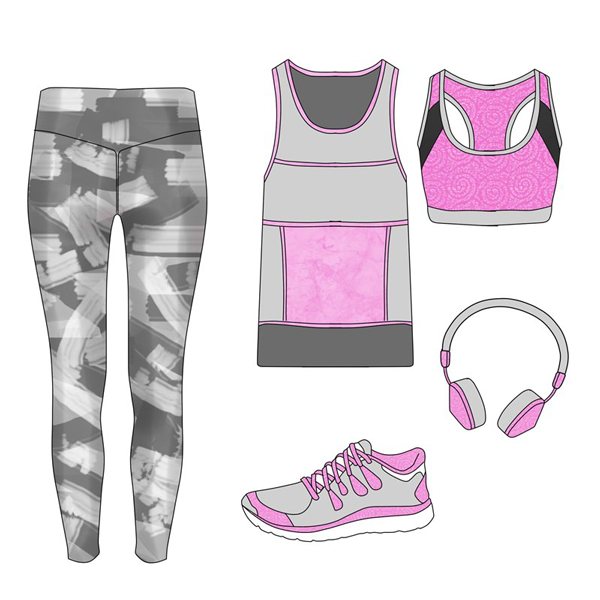PLM Clothing: the Digital Transformation in the Fashion Industry
Among virtual fitting, online purchases through augmented reality, sophisticated supply chain management tools and IOT, digital transformation of the fashion industry is no longer an option but an evolution necessary to remain competitive on the market. The planning of the evolution processes and the optimization of the workflow are activities that must be managed through IT support and with tools suitable to the companies’ own processes. In fact, each company has different methodologies, products and markets and therefore needs specific tools customized to their particular needs. Very important today is the issue of transparency and environmental sustainability, the consumer needs to know the traceability of products and to buy “consciously”. PLM systems for fashion can in all respects meet these needs ensuring complete traceability of uniformity, sustainability and social impact of every clothing line, from raw materials to retail.
The digital transformation for clothing companies through the PLM lies in the simplification and classification of information making it accessible and comprehensible by everyone. In the development of a collection, for example, there are many actors involved and as much information (in the form of sketches, photos, materials, paper patterns, 3D renderings of items, excel sheets, costing plans, e-mails and messages …), the PLM for fashion allows you to enclose all this information in one tool, from the analysis of the market before even conceiving the collection to post-sales analysis, and all the steps of product development within this cycle.
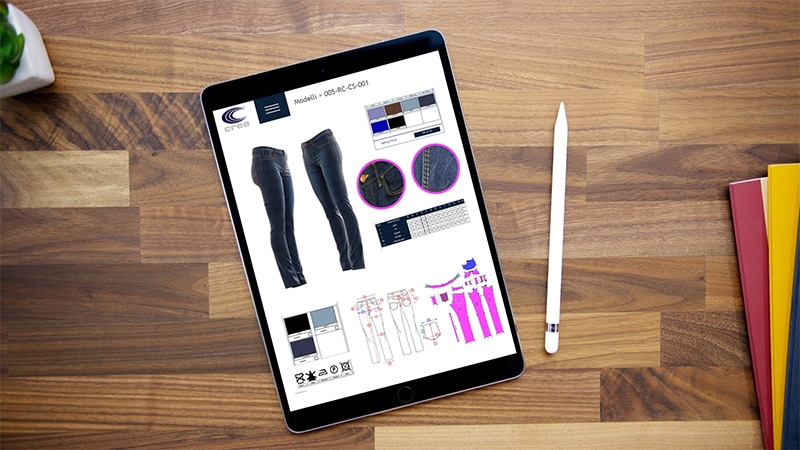
PLM software were created to accelerate time to market through the simplification of communication within the production chain, but today it has become a perfectly integrated tool with any business area: it simulates costs and performs consumption calculation forecast analysis, manages prices and analyses the mark-up produced through pricing platforms, processes and launches sample production orders, monitors production quality worldwide, observing supplier ratings and rankings, in short the fashion PLM synchronizes all the players in the chain distribution and procurement with a single instrument.
Find out all the features and integrations to speed up your workflow with Crea PLM

Information Sharing
Accessibility is very important, that is the ability to access information via the web from any device and in any place thanks to the centralization of information on the web. Crea’s fashion PLM is always updated in real-time and optimizes decision making processes and has operational control always within reach of smartphones. Information sharing is the driver of digital transformation of processes and with real-time updating there is a total sharing of data related to entire collections and brands, for all the players in the supply chain.

What you see is what you get
the WYSIWYG philosophy is the element that distinguishes Crea Fashion PLM and was born from the analysis of the real needs of the fashion, luxury and retail sectors. With Tex Define, in fact, you can obtain reports, technical data sheets, bills of materials and all the necessary documents with a layout identical to that displayed on the screen, thanks to the software’s native print generation engine.
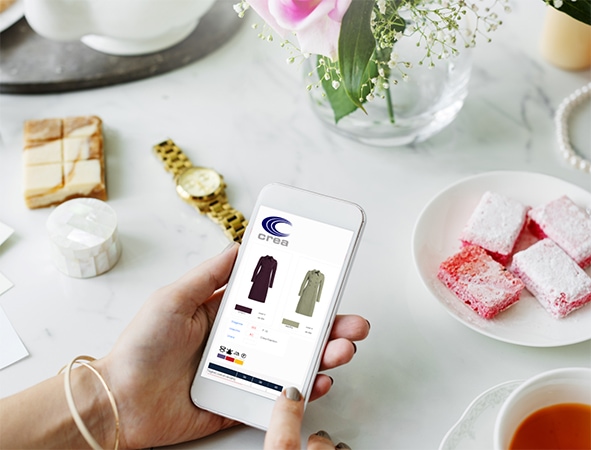
What really make the difference?
The real difference between a fashion PLM and an other lies in how much this tool can comply with business needs and therefore can be customized and integrated with business processes and tools already in use, such as ERP systems, CRM , PRICING platforms, CAD systems, sketching systems, single player devices etc. To carry out the data migration and all the necessary implementations and integrations, you need an IT partner with a profound process and industry know-how.
Crea Solution provides a team of professionals with many years of experience matured in contact with the needs of each client in the retail, fashion and luxury sectors. It is important that they are guided in all phases of a PLM project, from the definition of the initial objectives up to beyond the roll-out phase, with flexible and immediate changes. The first step consists in analyzing the objectives, the needs and the concrete value that the PLM project will give to the production process. This translates into short and clear data integration and migration times right away. Once the analysis is approved, we move on to the most important phase: design, during which all the expectations and ideas emerged during the analysis are transformed into concrete solutions to control product performance, develop financial plans, plan the global sourcing and costs. Such a transparent and streamlined workflow is implemented thanks to the Agile Development method. It is a flexible development that puts people and interactions upstream of processes and tools in order to deliver products and services that fully meet the expectations of the client during the planning phase.
